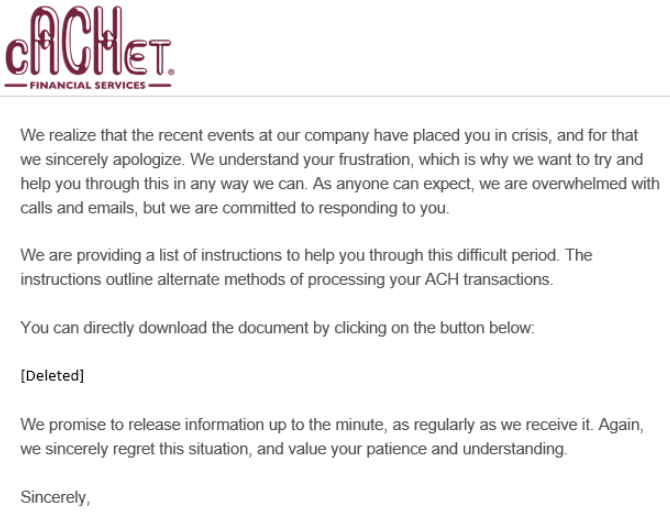The Russian government has for the past four years been fighting to keep 29-year-old alleged cybercriminal Aleksei Burkov from being extradited by Israel to the United States. When Israeli authorities turned down requests to send him back to Russia — supposedly to face separate hacking charges there — the Russians then imprisoned an Israeli woman for seven years on trumped-up drug charges in a bid to trade prisoners. That effort failed as well, and Burkov had his first appearance in a U.S. court last week. What follows are some clues that might explain why the Russians are so eager to reclaim this young man.

Aleksei Burkov, seated second from right, attends a hearing in Jerusalem in 2015. Andrei Shirokov / Tass via Getty Images.
On the surface, the charges the U.S. government has leveled against Burkov may seem fairly unremarkable: Prosecutors say he ran a credit card fraud forum called CardPlanet that sold more than 150,000 stolen cards.
However, a deep dive into the various pseudonyms allegedly used by Burkov suggests this individual may be one of the most connected and skilled malicious hackers ever apprehended by U.S. authorities, and that the Russian government is probably concerned that he simply knows too much.
Burkov calls himself a specialist in information security and denies having committed the crimes for which he’s been charged. But according to denizens of several Russian-language cybercrime forums that have been following his case in the Israeli news media, Burkov was by all accounts an elite cybercrook who primarily operated under the hacker alias “K0pa.”
This is the same nickname used by an individual who served as co-administrator of perhaps the most exclusive Russian-language hacking forums ever created, including Mazafaka and DirectConnection.
Since their inception in the mid-aughts, both of these forums have been among the most difficult to join — admitting only native Russian speakers and requiring each applicant to furnish a non-refundable cash deposit and “vouches” or guarantees from at least three existing members. Also, neither forum was accessible or even visible to anyone without a special encryption certificate supplied by forum administrators that allowed the sites to load properly in a Web browser.

DirectConnection, circa 2011. The identity shown at the bottom of this screenshot — Severa — belonged to Peter Levashov, a prolific spammer who pleaded guilty in the United States last year to operating the Kelihos spam botnet.
Notably, some of the world’s most-wanted cybercriminals were members of these two highly exclusive forums, and many of those individuals have already been arrested, extradited and tried for various cybercrime charges in the United States over the years. Those include convicted credit card fraudsters Vladislav “Badb” Horohorin and Sergey “zo0mer” Kozerev, as well as the infamous spammer and botnet master Peter “Severa” Levashov.
A user database obtained by KrebsOnSecurity several years back indicates K0pa relied on the same email address he used to register at Mazafaka and DirectConnection to register the user account “Botnet” on Spamdot, which for years was the closely-guarded stomping ground of the world’s most prolific spammers and virus writers, as well as hackers who created services catering to both professions.
As a reporter for The Washington Post in 2008, I wrote about the core offering that K0pa/Botnet advertised on Spamdot and other exclusive forums: A botnet-based anonymity service called FraudCrew. This service sold access to hacked computers, which FraudCrew customers used for the purposes of hiding their real location online while conducting cybercriminal activities.
K0pa also was a top staff member at Verified, among the oldest and most venerated of Russian language cybercrime forums. Specifically, K0pa’s role at Verified was in maintaining its blacklist, a dispute resolution process designed to weed out “dishonest” cybercriminals who seek only to rip off less experienced crooks. From this vantage point, K0pa would have held considerable sway on the forum, and almost certainly played a key role in vetting new applicants to the site. Continue reading







 More than a dozen of the flaws tackled in this month’s release are rated “critical,” meaning they involve weaknesses that could be exploited to install malware without any action on the part of the user, except for perhaps browsing to a hacked or malicious Web site or opening a booby-trapped file attachment.
More than a dozen of the flaws tackled in this month’s release are rated “critical,” meaning they involve weaknesses that could be exploited to install malware without any action on the part of the user, except for perhaps browsing to a hacked or malicious Web site or opening a booby-trapped file attachment.







 With more than 550 employees, Lawrence Township, N.J.-based Billtrust is a cloud-based service that lets customers view invoices, pay, or request bills via email or fax. In an email sent to customers today, Billtrust said it was consulting with law enforcement officials and with an outside security firm to determine the extent of the breach.
With more than 550 employees, Lawrence Township, N.J.-based Billtrust is a cloud-based service that lets customers view invoices, pay, or request bills via email or fax. In an email sent to customers today, Billtrust said it was consulting with law enforcement officials and with an outside security firm to determine the extent of the breach.